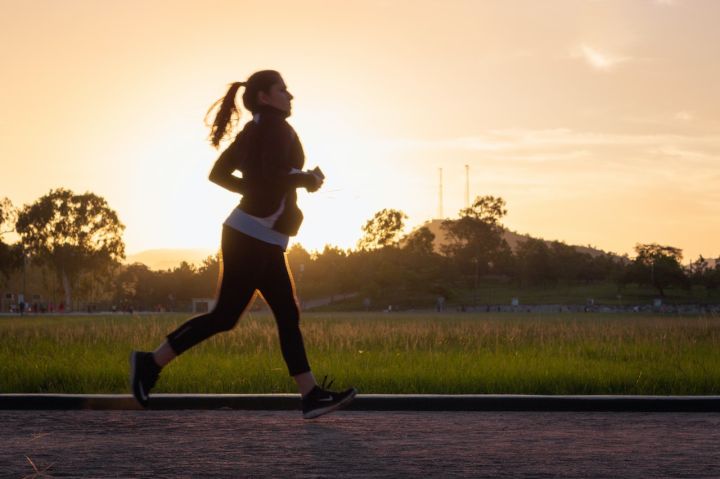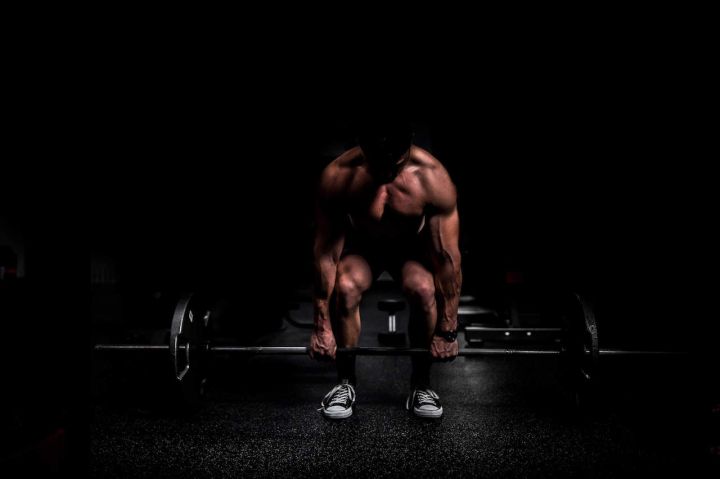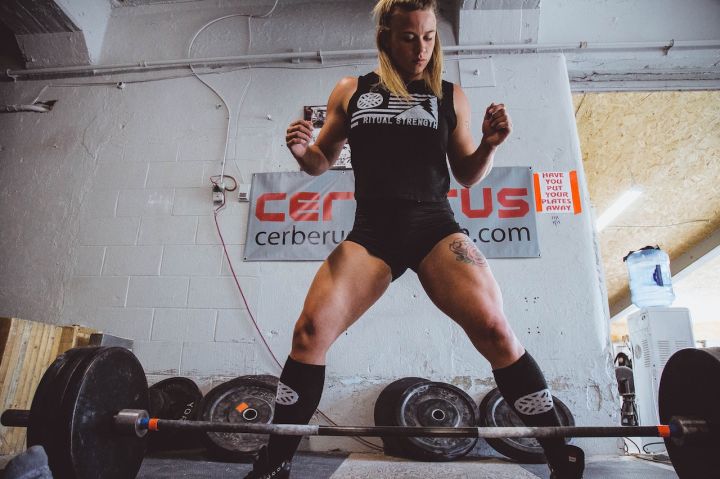The earliest medicine balls were probably used by ancient persian athletes to increase strength and endurance. These early ones used at least 3000 years ago were usually sand-filled animal bladders. You will find references in later texts to the use of medicine balls advocated by hippocrates, the father of medicine, about 2500 years ago. He recommended the use of round animal skins, which could also be filled with sand, as a way of training athletes or helping them recover from injuries.

Today's medicine balls serve much the same function as hippocrates mentioned. They are weighted balls, ranging in weight from 2-3 kg to 12 kg. They can be used as part of sports training or to help people recover from or prevent injuries.

Unlike inflatable balls, the weight of the medicine ball is important. The extra weight can help take a workout to the next level and also help absorb shock. Some people will think that the best medicine ball is the heaviest you can find. In fact, this is not always the case, especially if you are just starting out with your workout. People usually start with a lighter ball, which they may hold as they do squats, deadlifts or leg lifts, and then gradually increase to heavier weights. Using a ball that is too heavy at the beginning may lead to injury.

Heavier medicine balls do have a role to play. A heavier ball absorbs a certain amount of impact when an athlete wants to train more strength to kick and throw. This means you have to be more powerful to hold a heavier ball. Over time, using a heavier medicine ball may increase the strength of the athlete to throw or kick the ball.
For non-professional athletes, the weight of a medicine ball is usually no more than 4 kg. The extra weight does help with strength training, providing enough strength to work the muscles more thoroughly in a wide variety of sports. Medicine balls can be used in a variety of different exercise methods such as pilates and sometimes modern forms of yoga, as well as in various aerobic classes.

Lighter balls are used for injured athletes. They can be part of an exercise group designed by a sports medicine specialist or physiotherapist to help increase strength and maximise range of motion without the risk of injury. You can buy medicine balls in many places, but you may want to wait until you get a specific recommendation from a coach or physiotherapist to make sure you don't make a mistake.


Finally, don't confuse medicated balls with the larger yoga balls used to increase core stability. These can be used for rehabilitation, especially for those with low back pain. They are very different from medicine balls and have completely different uses. Some exercises can be used in combination with both, but the two balls are not substitutes for each other.
If you don't have a medicine ball, we recommend that you buy one. They are not expensive, they are easy to store at home and once you have bought one you will have it for life. Of course, you can also use a basketball or football ball as a temporary substitute, while almost all gyms also have a variety of weighted medicine balls on hand for use.
Here are 7 of our favourite medicine ball exercises:
Squash

Squash gets your heart pumping fast. It's a full body workout that involves everything from your head to your toes, but be prepared to feel the burn in your quads!
How to:
Stand 50-60 cm away from the wall, facing it. Make sure not to stand too far away from the wall as you want to throw the ball upwards, not forwards.
Keep the ball in front of your chest and do a deep squat. Stand up explosively, extend your arms and throw the ball high towards the wall. Bounce back, grab it and repeat immediately.
Smashing the medicine ball

The medicine ball drop smash will work your arms and shoulders as well as your core - just make sure your abs add more strength to the movement. Medicine ball reps are also a great way to help you release stress and frustration!
Method:
Spread your feet apart, hip-width apart. Pick up the medicine ball, lift it above your head and drop it hard on the floor. The louder the sound the better! Repeat.
Medicine ball squat thrust

Medicine ball squats and thrusts are another full body exercise. They are much like squash, but because they are quiet, you can do them without worrying about waking up your family or neighbours.
Directions:
Spread your feet hip-width apart. Place the medicine ball in front of your chest and do a deep squat. As you raise your arms above your head, explode to your feet and bring the ball back to your chest to repeat the movement. Try not to pause at any point and combine all the movements into one smooth motion.
Medicine ball twist

Rotating the medicine ball will help you to strengthen your core muscles, more specifically the abdominal obliques on both sides of the abdomen.
Method:
Sit down and take the medicine ball in your hands. Lift your feet off the ground and twist your torso to the right so that the medicine ball touches the ground. Rotate to the left and then immediately to the right, ensuring that your core remains tight at all times.

To make this exercise even easier, try crossing your feet. If this is also too difficult, then place your feet flat on the ground.
Squat throw

The squat toss is similar to squash, but you can do it without a wall. You still get a full body workout.
How to do it:
Spread your feet apart, hip-width apart. Place the ball in front of your chest and do a deep squat. As you stand up, extend your arms and throw the ball into the air. Don't pause at any point in the movement - try to combine squatting up, standing up and extending your arms into one smooth movement. Catch the ball and repeat.
Supine wall ball

The supine squash ball will work your arms, shoulders and core.
Directions:
Sit down against a wall. The distance to the wall will depend on the weight of your ball and how flexible it is, so it will need to be adjusted. Hold the medicine ball in your hand and lie down, placing it on your chest. Sit up and as you come up, throw the ball against the wall. Bounce back to grab it and immediately go back to where you started and repeat the movement.
You can also find a partner to replace the wall and complete the move.
Side smash the ball

The side slam will help you build strength throughout your body, especially in your arms, shoulders and abdominal obliques.
Method:
Stand up straight, pick up the medicine ball and raise your arms above your head. Concentrate your core and throw the ball hard to the ground next to your right foot. Catch the ball and throw it to your left foot. Keep alternating between the sides of your body, keeping your core muscles tense at all times and aiming for speed.






